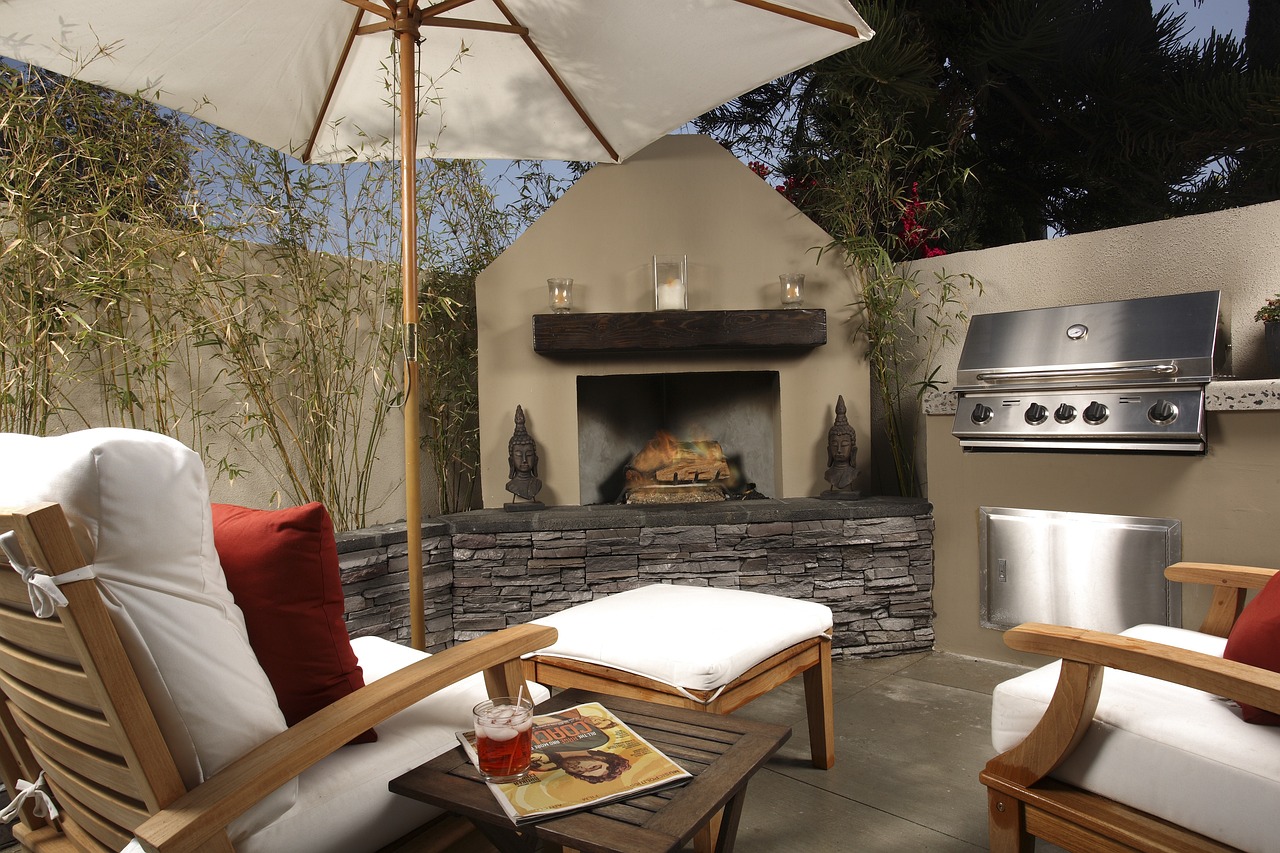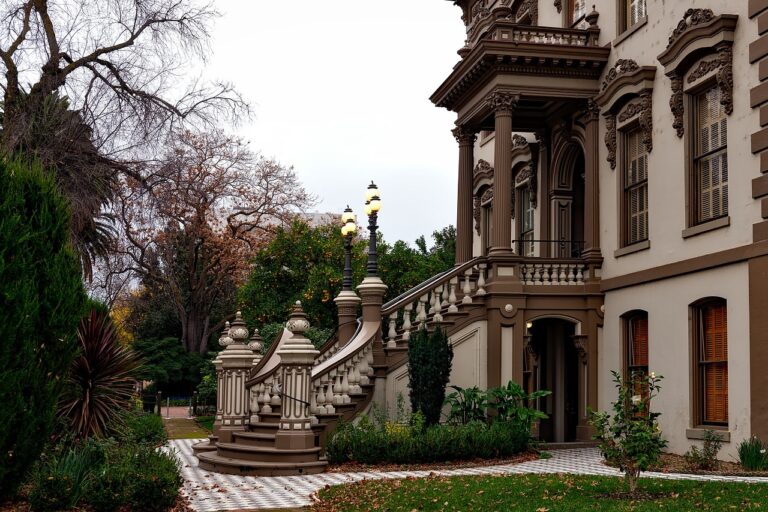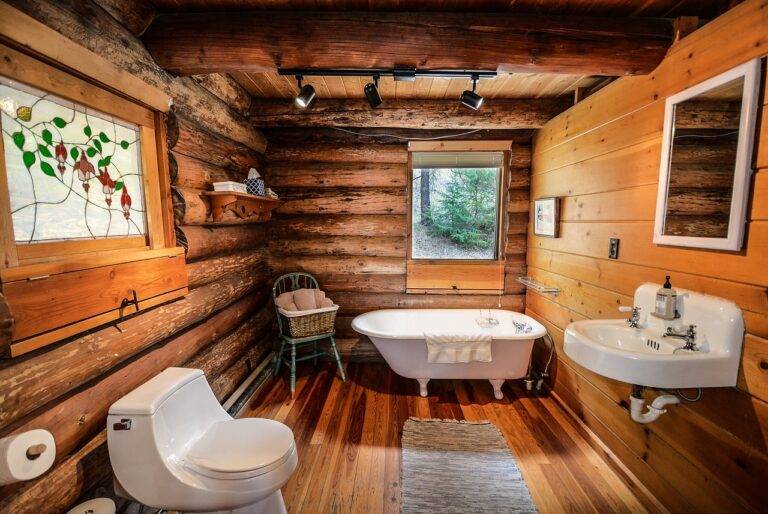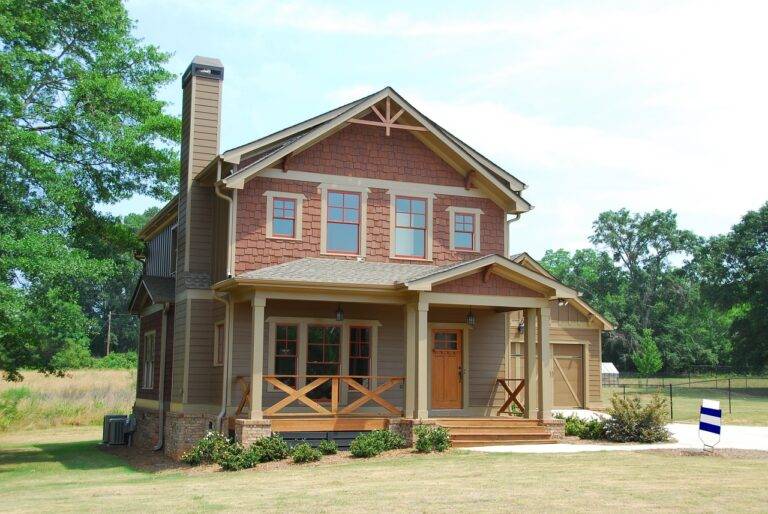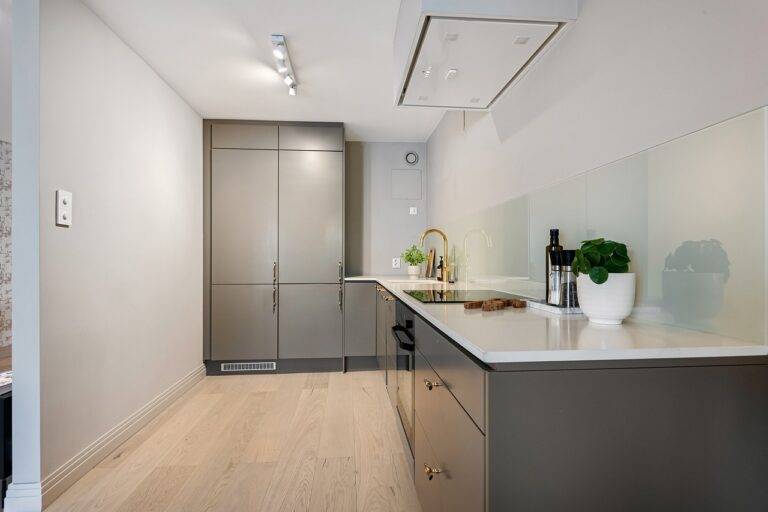DIY Raised Bed Garden Ideas: Building Planting Boxes for Your Vegetable Garden
One of the key components when setting up a raised bed garden is selecting the right materials to construct the raised beds. The primary materials needed include wood, stone, bricks, or composite materials. These will form the structure of the raised bed and should be durable enough to withstand outdoor elements while providing adequate support for the soil and plants.
In addition to the materials for the physical structure, you will also need soil to fill the raised beds. It’s essential to choose a high-quality soil mix that is well-draining and nutrient-rich to promote healthy plant growth. Compost and other organic matter can also be mixed in to improve soil quality and fertility for your raised bed garden.
Choosing the Right Location for Your Raised Bed Garden
When deciding the optimal location for your raised bed garden, it is essential to consider the amount of sunlight the area receives. Most vegetables and herbs require plenty of sunlight to thrive, usually around 6 to 8 hours per day. Therefore, choose a spot in your yard that receives ample sunshine throughout the day to ensure the success of your garden.
Additionally, it is important to select a location that has good drainage to prevent waterlogging. Raised beds offer better drainage compared to traditional gardens, but it is still crucial to avoid low-lying areas that tend to accumulate water. To test the drainage of a potential site, dig a small hole and fill it with water. If the water drains within a few hours, the location is suitable for your raised bed garden.
Choose a spot that receives 6 to 8 hours of sunlight per day
Ensure good drainage to prevent waterlogging
Avoid low-lying areas that accumulate water
Test the drainage by digging a small hole and filling it with water
Preparing the Ground for Your Raised Bed Garden
Before you start building your raised bed garden, it’s crucial to prepare the ground properly. Begin by clearing the area of any existing vegetation and debris. This step is essential to ensure that your raised beds have a clean and fresh foundation to thrive on. Use a shovel or a garden hoe to remove weeds and grass, making sure to dig down a few inches to remove the roots as well.
Once the area is cleared, it’s time to loosen the soil to promote good drainage and root growth. Use a garden fork to aerate the soil by breaking up any compacted areas. This will also help the roots of your plants to penetrate the soil more easily, leading to healthier and stronger plants. Additionally, consider adding some compost or organic matter to enrich the soil and provide essential nutrients for your plants to flourish.
What building materials do I need for a raised bed garden?
You will need lumber or composite boards, screws, a drill, a level, a shovel, and soil to fill the bed.
How do I choose the right location for my raised bed garden?
Choose a location that receives at least 6-8 hours of sunlight per day, has good drainage, and is easily accessible for planting and maintenance.
How do I prepare the ground for my raised bed garden?
Clear the area of any grass or weeds, level the ground, and add a layer of landscape fabric to prevent weeds from growing up into the bed. Then, assemble your raised bed and fill it with soil.

